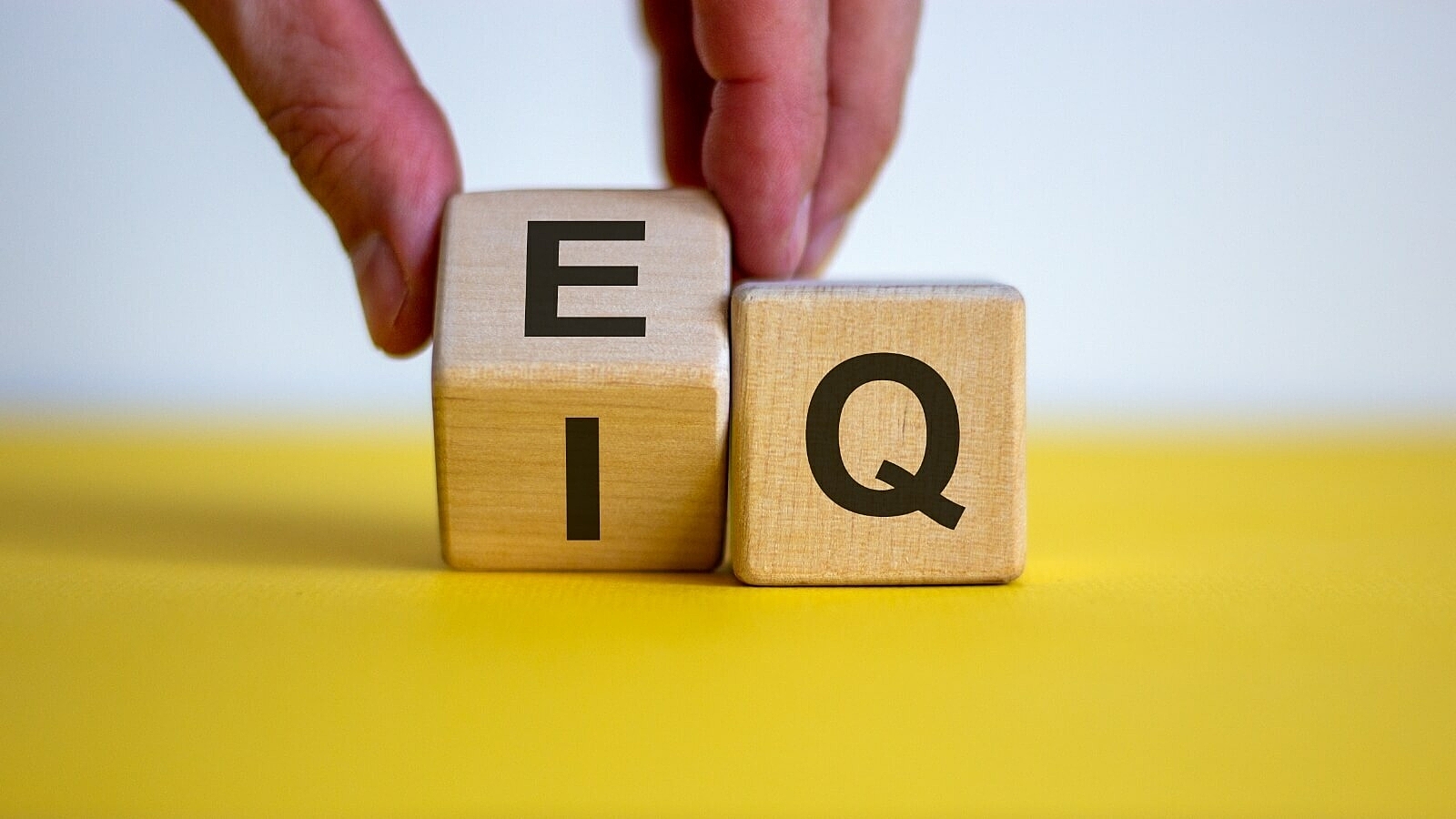Can Meditation Stop War?
4 min read
This may sound like a crazy question - can meditation stop war?

If I’m honest, it sounded crazy to me too.
I mean, being a regular practitioner I understand and have experienced the wonderful benefits of meditation. I know that, not only can it help reduce stress levels and bring greater clarity of mind to solve internal conflict, it can optimise brain function, aid sleep and improve health.
But during a recent 5 day meditation challenge, I discovered the lesser known benefits of meditation which fascinated me. In particular, the proven benefits of meditation for groups in war-torn countries:
- A reduction in war related deaths
- A reduction in war related injuries
- A significant drop in the level of conflict
- Progress and co-operation towards peace increased
And whilst I admit I was initially sceptical that such a simple solution could be effective as an antidote to violence in more complex and challenging situations like we’re seeing at present, I went on to examine the evidence…
Which turned out to be quite compelling.
It started back in 1981 in Lebanon. Civil war was raging through the country and one strategically placed village, Baskinta with a population of 10,000, was caught up in continuous battles between opposing forces spanning several years.
Two teachers of Transcendental Meditation arrived in the village and began teaching the Transcendental Meditation technique to local villagers in their Baskinta peace project.
Their aim - to teach just 1% of the population.
Why 1%?
Because previous studies had discovered that when 1% of a population learns Transcendental Meditation then there’s “an immediate reversal of negative social trends within that society and an onset of positive ones. Typically in normal circumstances we see crime start to reduce, motor accidents reduce, divorces decline, business activity and employment rise and so on.”
The result in the village of Baskinta’s case?
By June 1982, 100 people in the village were practising Transcendental Meditation daily (that golden 1%) which resulted in “an abrupt cessation of attacks on the village.”
This end to village attacks lasted the remainder of the war even when it was continuing to rage in other parts of the country. And crucially, “…the violence dissipated without any political activity or diplomatic interaction carried out by the villagers or any one else. The fighting just stopped spontaneously.”
Thereafter, this technique was used country-wide in the Lebanon Peace Project with impressive results:
- War-related fatalities decreased by 71%
- War-related injuries fell by 68%
- The level of conflict dropped by 48%
- Cooperation among antagonists increased by 66%
These stats are incredible, aren’t they!
But what’s the ‘science’ behind it? How does it work?
As Dr Haglin, Harvard Ph.D Graduate explains, it’s to do with our interconnectedness:
“We are actually all deeply connected. We don’t see the connections on the physical level, but at the level of quantum mechanics, quantum field theory and unified field theory, ultimately, we are all one.
Consciousness has different levels and on the deeper, quieter levels we are more closely connected that you can see, though you can feel it. Ultimately, that’s where we are in close touch with each other no matter how far away we seem to be [on the gross physical level].”
So when we think of ourselves connected to all of humanity, the act of meditation - whether in a group or on our own - can extend its benefits to all.
Of course, neither I (nor, more importantly, the experts) are suggesting that there's no need for other interventions or strategies in conflict zones, but as a piece of the peace puzzle…
I believe it can make a huge difference in the world.
And I’m certainly not the only one. There are around 40-50 studies published in leading peer-reviewed scientific journals that show the efficacy of this in practice.
Right now, these findings are more relevant than ever before at a time of pandemic, protest, social unrest, terrorism and war.
And whilst I sincerely hope it’s a technique that continues to be studied and tried whenever and wherever it can be, what it also demonstrates to me is that if it can work in those hostile, almost impossible situations, then imagine what it can do elsewhere.
Imagine what it can do in your workplace. Your home environment. In yourself.
The wellbeing of you, your family, friends, colleagues and peers, is paramount in achieving harmony and balance. In creating an optimal environment for good physical and mental health. For excelling in all areas of life.
But sometimes it’s not easy to know the areas we’re excelling in and those we’re falling short. Particularly in a work environment.
Today, there is a huge drive toward workplace wellness. During the pandemic most employees were forced to work from home. And while initially this was embraced by many, as the time at home drew longer, it started to have a negative impact on employee health, and therefore the businesses.
Employees felt their own conflicts: a lack of support, direction, encouragement, motivation, and insecurity about the longevity of their job.
As a nation, employee mental health plummeted. And employers were forced to review their workplace policies.
Now, employee wellbeing has been identified as key to stopping talent walking out of the door (and to recruiting new talent).
But how can an individual or team’s wellbeing be accurately measured?
I love evidenced based approaches, for obvious reasons. Which is why I use Wraw (Workplace resilience and wellbeing) to help support individuals, teams, leaders and organisations to fastrack healthy high performance.
Wraw is the world’s first psychometric tool and survey to measure resilience and its impact on wellbeing.
More than a standard workplace wellbeing questionnaire, each report presents current levels of wellbeing and resilience in an accessible, easy to understand way, and includes powerful strategies for development that can be put into practice straightaway.
These results will help employees and employers focus on the areas they’re falling short to improve their own wellbeing which will, in turn, improve performance, productivity and morale within their workplace too.
And yes, in case you’re wondering, one part of this ‘return to optimum wellbeing’ can (and as we’ve seen from the results in conflict situations, should) be meditation.
“Ancient wisdom for the modern workplace… powerful practices for combating stress and boosting performance'


